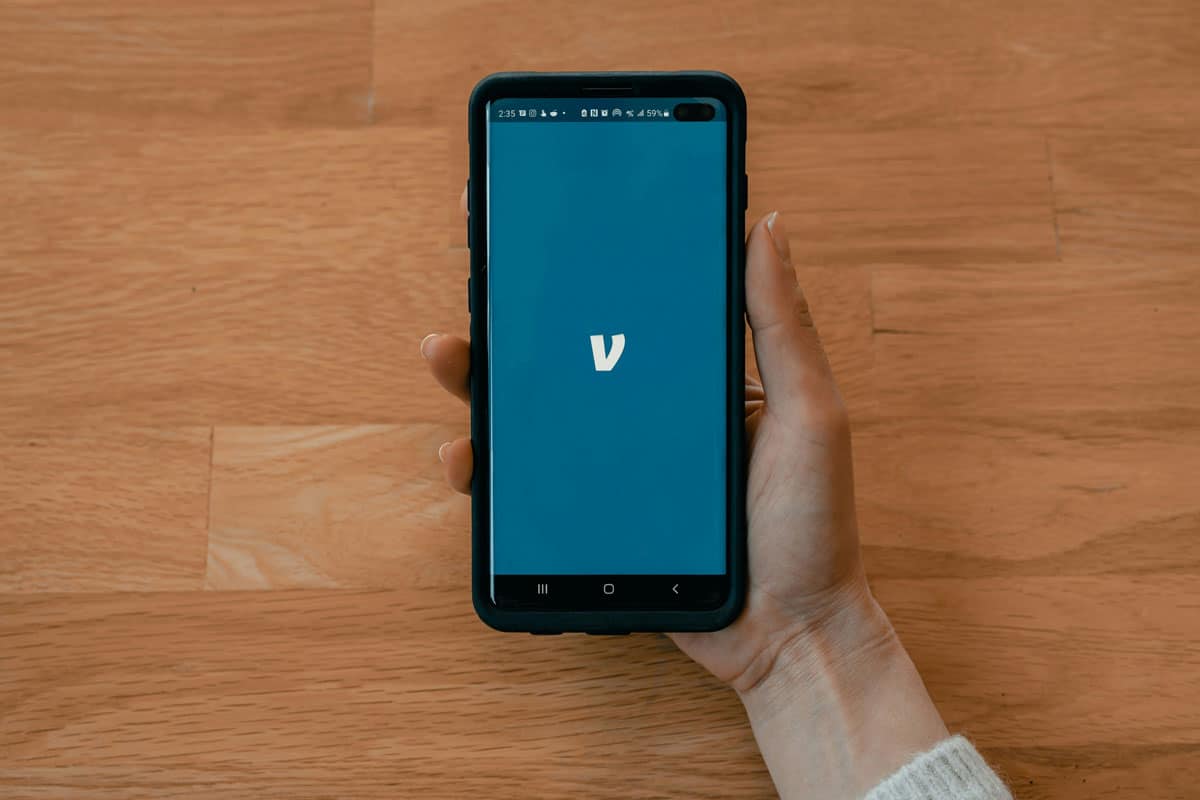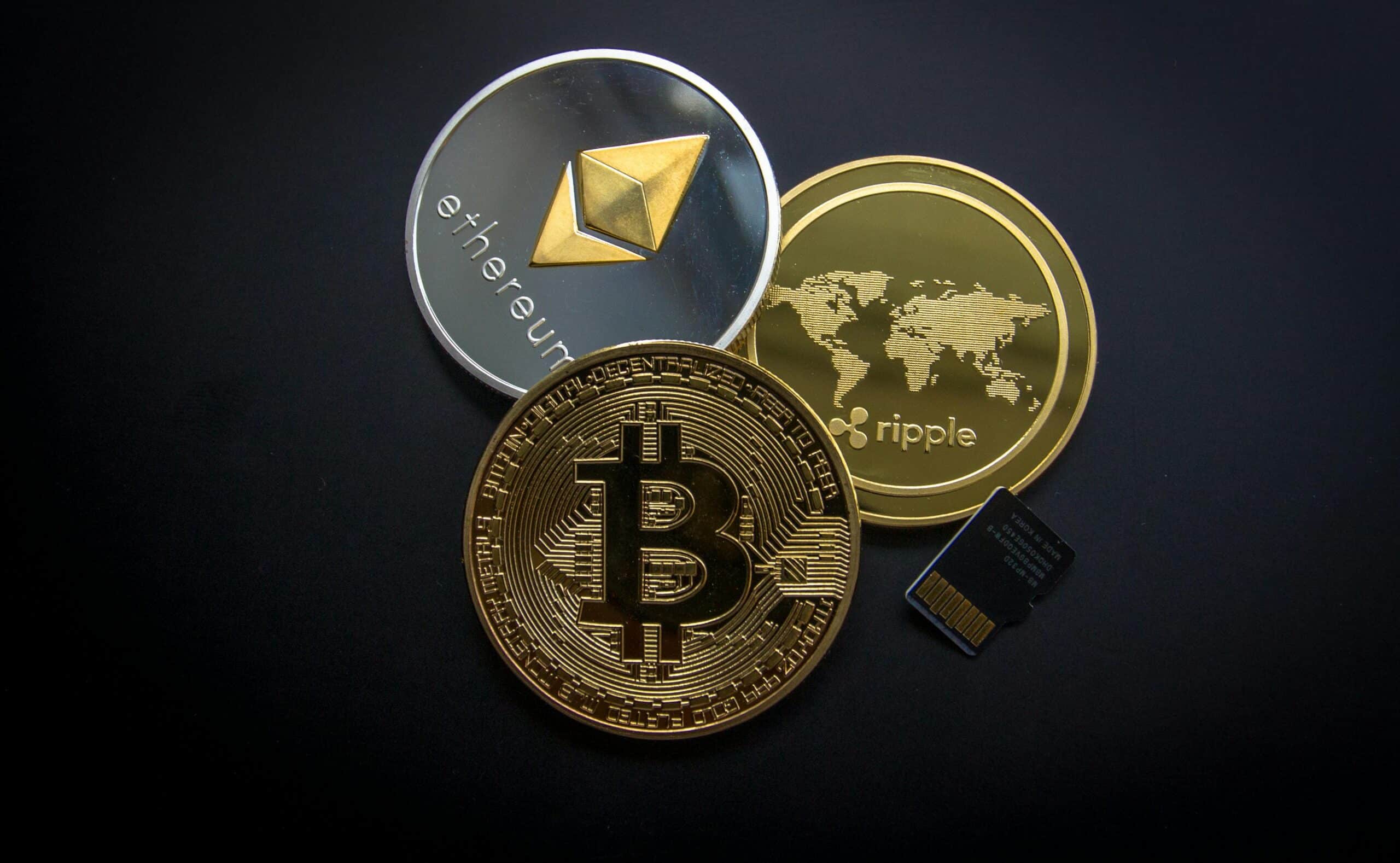Venmo has become one of the most widely used peer-to-peer payment platforms in the United States, especially among younger users and small business owners. Its convenience, simplicity, and integration with other digital wallets make it a go-to option for casual transfers, splitting bills, or even shopping online. However, it can be frustrating when a transaction fails with no clear reason, leaving users asking: “Why is my Venmo payment declined?” This issue can stem from technical errors, account restrictions, or security flags—each requiring a different type of fix[1].
Understanding why a Venmo transaction is declined involves examining both user-side behavior and Venmo’s internal security systems. In 2025, the platform has grown more sophisticated with real-time fraud detection, automated account reviews, and new policies for acceptable use. These advancements improve safety but also make it easier for routine payments to be blocked. Whether you’re using a bank account, credit card, or Venmo balance, there are several core issues that might be causing the decline.
Common Technical Reasons Your Venmo Payment Won’t Go Through
While Venmo is designed for simplicity, it still relies on a network of connected systems—your internet provider, mobile device, financial institution, and Venmo’s backend itself. Technical hiccups on any end can cause failed transactions.
Poor Internet or App Connectivity
Venmo relies on a stable internet connection to complete transactions. If your mobile device is on a weak signal or switching between Wi-Fi and cellular data, payment attempts may not reach the server. Users who haven’t updated the Venmo app or are using an outdated operating system can also run into errors. Always ensure that your app is current and you’re connected to a secure, stable network before sending payments.
Bank or Card Declined the Transaction
Even if Venmo is functioning properly, your bank or card issuer may decline the transaction. This often happens due to fraud prevention protocols, especially if your recent spending behavior deviates from your usual patterns. Some banks automatically block peer-to-peer payments unless explicitly authorized by the user[2]. If your card was declined, contacting your bank is the best first step.
Account Syncing Errors
If you’ve recently changed your login credentials or updated your banking information, your connected payment method may need to be re-authenticated. Venmo uses third-party services like Plaid to verify account access, and outdated credentials can cause syncing failures. Unlinking and reconnecting the payment method will often fix the issue, but it’s important to do so securely within the app.
Mobile Device Configuration
In some cases, the problem lies in your phone’s configuration. Certain permissions must be enabled for the Venmo app to work correctly, such as access to the internet, background activity, and security features. Using a VPN or having an incorrect time and date setting on your device can also interfere with transactions. Restarting your device and disabling any VPNs is a good place to start[3].
Security Triggers That Cause a Venmo Transaction Decline
Venmo continuously monitors all transactions to protect users from unauthorized access or fraud. When the system detects suspicious activity, it may block a payment even if the user believes it’s legitimate. These automatic declines are part of Venmo’s broader fraud prevention strategy.
Protecting Your Payment Reputation
Repeated declines and account restrictions on peer-to-peer platforms like Venmo can negatively impact your long-term payment credibility. Just like a credit score reflects your financial trustworthiness, consistent transaction issues can lead to tighter controls or even permanent limitations on your account. Staying proactive by maintaining updated information, avoiding risky behaviors like sending large sums to unknown recipients, and responding promptly to verification requests helps protect your payment reputation. As digital platforms increasingly rely on AI to assess risk, a clean and consistent payment history has never been more valuable.

Venmo Transaction Decline Security Triggers
Unusual Transfer Patterns
Sudden spikes in transfer amounts or sending money to a new contact can raise red flags. Venmo’s algorithms look for patterns that mimic fraud, even if the account holder is acting in good faith. If your transaction is blocked, think about whether the activity might look suspicious from an outside perspective. Avoid making multiple large payments in a short period if you're new to the platform.
Geolocation Conflicts
Venmo may decline transactions when there’s a mismatch between the user’s IP address and physical location. If you're using a VPN or traveling internationally, the app might see your location as inconsistent with past behavior. This often results in a blocked payment until the discrepancy is resolved. Turning off VPNs and verifying your account location can help prevent these errors.
Triggering New Account Safeguards
New accounts are subject to more intensive monitoring during their first few weeks. If you've just signed up or reactivated an account, Venmo may impose temporary limits on how much you can send. Even accounts that appear fully verified can be subject to additional checks. These safeguards tend to loosen over time as you build a history of successful transactions.
Multiple Declines and Lockouts
Repeated attempts to send a failed payment can lead to temporary account freezes. This behavior may appear as bot activity or a hacking attempt from Venmo’s perspective. If you’ve already had a payment declined, it’s best to wait a few hours or contact Venmo support rather than trying repeatedly. This will reduce the likelihood of a longer lockout.
Account-Specific Problems Leading to Venmo Declines
Account Frozen Due to Policy Violations
If your Venmo account is frozen, it’s likely due to a violation of Venmo’s user agreement. Common violations include using the platform for prohibited goods or conducting commercial activity without approval. Venmo will typically send an email notification if your account is restricted. Resolving the issue often requires contacting support and submitting requested documentation.
Verification Incomplete
Venmo is required to collect identity verification under federal law, especially for users sending large sums or using business features. If you haven’t completed your identity check, you may be restricted from sending money. You’ll usually see a prompt within the app if more information is needed. Completing the verification process can restore full functionality quickly.
Negative Account Balance
Your Venmo balance can become negative if a transfer is reversed or a refund is issued to a sender. When this happens, your account is essentially overdrawn, and Venmo won’t let you make further transactions until it’s repaid. This can also occur if a linked funding source is declined after the money has already been sent.
Blocked or Inactive Recipient
If you're trying to pay someone whose account has been suspended or who has blocked you, the payment will fail. This situation can be confusing because the app may not clearly indicate that the recipient is the issue. Confirm that the user profile is active and correctly spelled before assuming the error is on your end.
Fixing a Declined Venmo Payment: Step-by-Step Solutions
The good news is that most Venmo payment issues are temporary and easily resolved. Taking a systematic approach to troubleshooting can save you time and reduce frustration[4].
Step 1: Confirm Your Internet and App Settings
Always start by ensuring your device is connected to the internet and that the Venmo app is updated. Try switching from Wi-Fi to cellular data or vice versa. Restarting your device and closing any background apps that may interfere with Venmo can also help resolve connectivity issues.
Step 2: Check Payment Method and Bank
Log in to your bank or card provider to see if the transaction was blocked on their end. Make sure your account has sufficient funds and that no fraud alerts are pending. Some banks allow users to approve transactions through their mobile app, which can resolve the issue in real time.
Step 3: Reconnect Your Payment Method
If syncing issues are suspected, try removing and re-adding your bank account or card within Venmo. Be sure to use the official linking process through Plaid or manual verification to ensure accuracy. Reauthentication may also be required if your bank recently changed its login process.
Step 4: Contact Venmo Support
If the problem persists, contact Venmo customer support through the app or website. Provide a detailed explanation of the issue, including any error messages and screenshots. Support agents can investigate the transaction and unlock your account if necessary.
Conclusion
Venmo payment declines are inconvenient, but they’re also a sign of how seriously the platform takes security and compliance. In most cases, the issue stems from a temporary flag, a syncing error, or incomplete verification. Understanding these causes can help you fix problems faster and avoid future blocks[5]. The more proactive you are with keeping your account updated and secure, the less likely you are to experience transaction interruptions.
Payment Nerds helps individuals and businesses navigate payment challenges across platforms like Venmo, Cash App, Zelle, and beyond. Whether you’re trying to integrate peer-to-peer services into your business model or simply avoid account issues, we offer insights, tools, and expert advice to help you keep transactions smooth, secure, and scalable.
Sources
- Venmo Help Center. “Why Was My Payment Declined?” Accessed April 2025.
- Federal Trade Commission. “Peer-to-Peer Payment Safety Tips.” Accessed April 2025.
- Bankrate. “Common Reasons Your Bank May Decline a Payment.” Accessed April 2025.
- TechCrunch. “Venmo Tightens Security Protocols in 2025.” Accessed April 2025.
- Wired. “How VPNs Can Interfere with Mobile Payment Apps.” Accessed April 2025.











